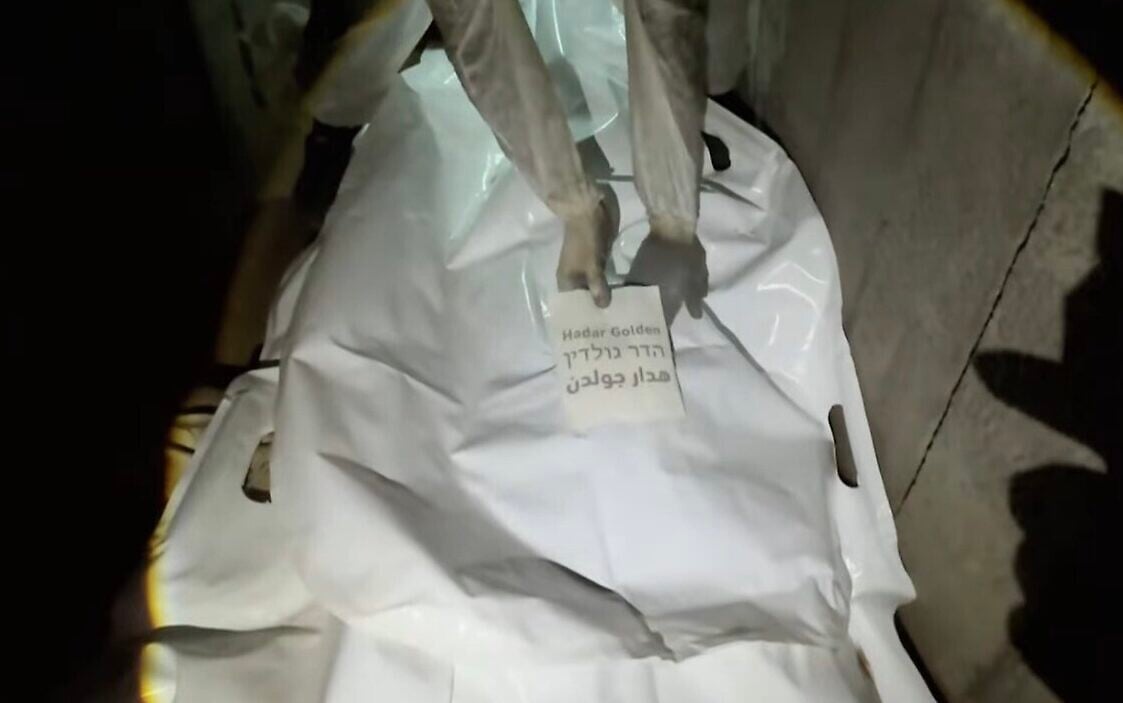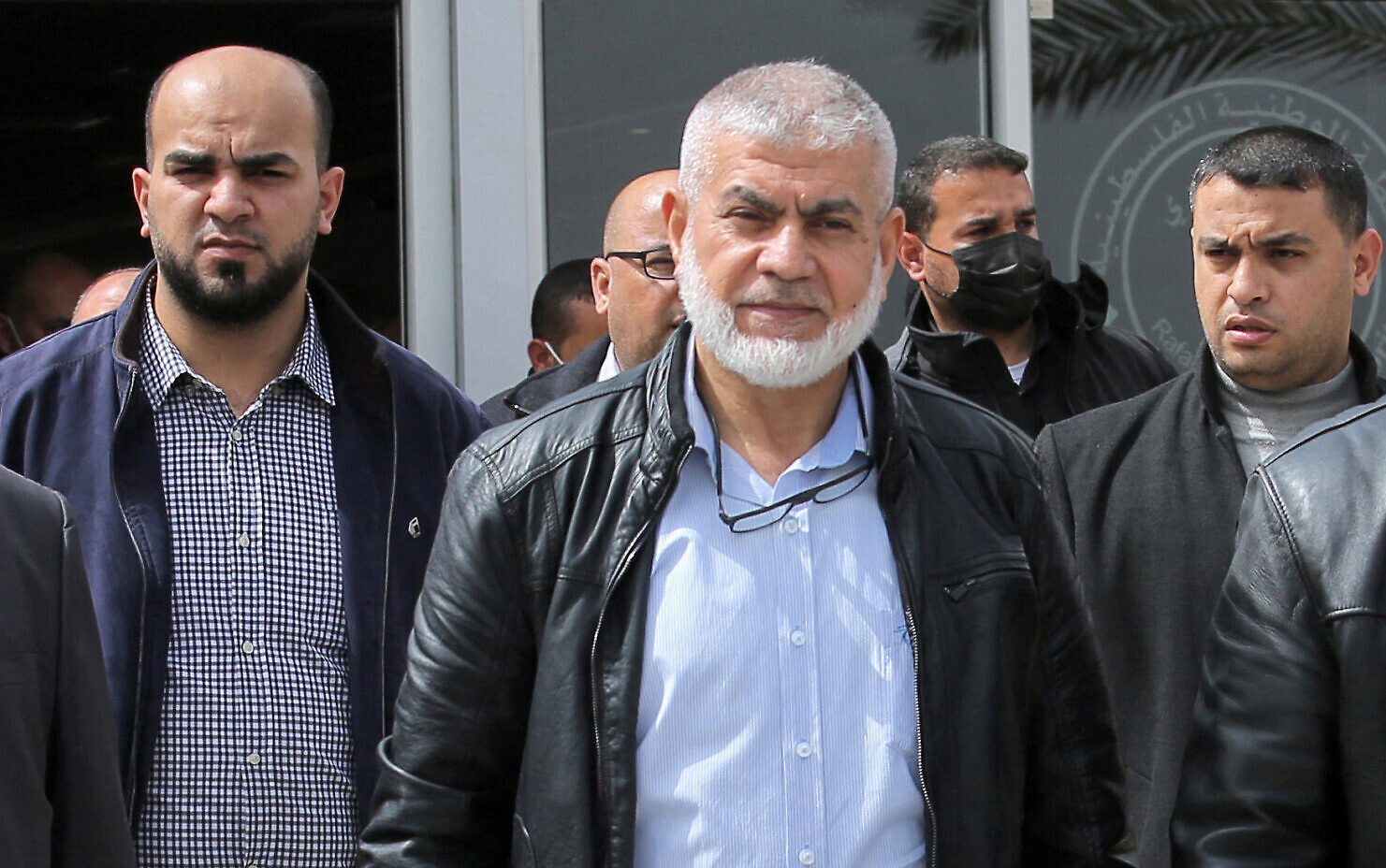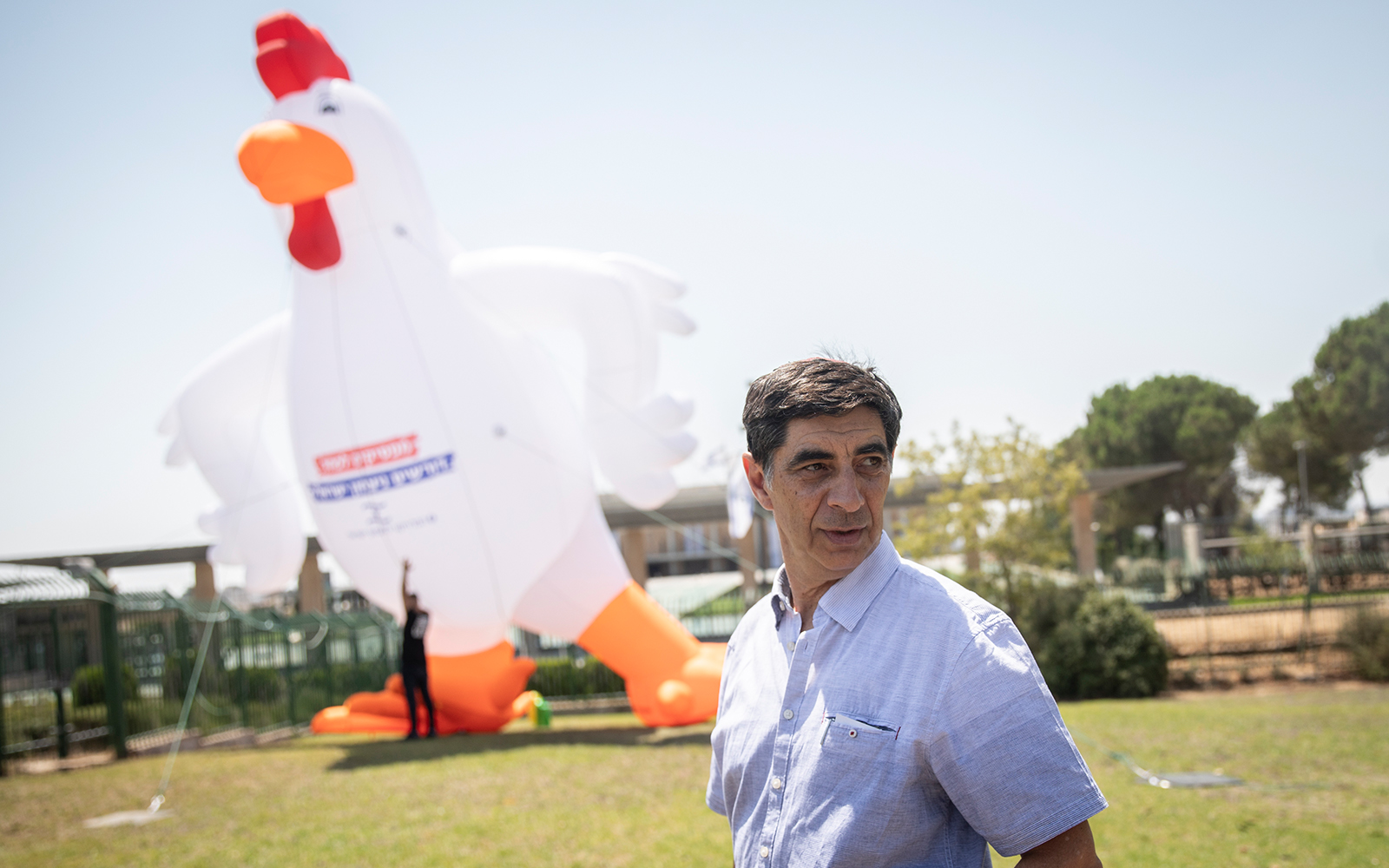The anticipated return on Sunday of the body of IDF officer Lt. Hadar Goldin, held by Hamas since 2014, will close the chapter on the longest-lasting hostage case since Israel withdrew from the Gaza Strip in 2007.
Unlike the many hostages whose releases have captured Israel’s attention since the Hamas-led invasion on October 7, 2023, Goldin’s case was defined by deadlock for its first nine years, and then nearly forgotten for its last two.
For years, Israel refused to release hardened terrorists in exchange for Goldin and the other three Israelis held before October 7, and Hamas refused to release his remains without them.
The stalemate outlasted multiple Israeli governments until it was swept into the negotiations over the 251 hostages taken during the Hamas-led attack of October 7, 2023.
After 4,118 days, Hamas announced Sunday that it had given Goldin’s body to the Red Cross for transfer to Israeli custody. Israel said Sunday afternoon that it had received a body, though verifying the identity of the remains could take up to two days.
As the Goldin family awaits final confirmation of the return of Hadar’s body to Israel, the long and painful saga highlights how low the hostage issue ranked on the public agenda in the decade before October 7, and how drastically that has changed.
Nearly a decade of negotiations
Goldin, 23, was killed and his body abducted on August 1, 2014, just over an hour into a UN- and US-brokered 72-hour ceasefire. Hamas gunmen emerged from a tunnel in Rafah, attacked troops of the Givati Brigade’s reconnaissance unit, and dragged Goldin’s body underground.

The following day, the IDF declared him killed in action and posthumously promoted him to lieutenant.
Weeks earlier, Hamas had similarly killed and seized the body of Staff Sgt. Oron Shaul. In the months that followed the war, two Israeli civilians — Avera Mengistu and Hisham al-Sayed, both suffering from mental illness — entered Gaza separately and were taken captive alive.

For almost a decade, until the Hamas assault of October 7, 2023, the four men — two slain soldiers and two live civilians — were the sole Israeli hostages held by Hamas.
But unlike Staff Sgt. Gilad Shalit, who was released in a lopsided 2011 exchange following years of loud public pressure, the plights of Goldin, Shaul, Mengistu and al-Sayed and their families’ struggles to bring them back failed to garner significant public attention or government action.
It would take until 2025 to bring them all back — assuming the identity of Goldin’s body is verified.
In February this year, Mengistu and al-Sayed were released along with hostages held since October 7, as part of a ceasefire arrangement. IDF troops recovered Shaul’s body in January.
Colonel (Res.) Doron Hadar, the commander of the IDF’s General Staff Negotiation Unit from 2007 until February 2024, worked for Goldin’s release from the day the soldier was abducted until he left his position last year.
“Negotiations for Hadar’s release continued for nine and a half years,” he said. “During all those years, Hamas insisted that in exchange for Hadar Goldin and Oron Shaul, and for the mentally ill civilians, Mengistu and al-Sayed, Israel release hundreds of terrorists with blood on their hands.”

But according to Hadar, the price Hamas was asking was too high.
“Israel refused to release the senior prisoners, because we were talking about two captives who were fallen soldiers, and two civilians with mental illness,” he recalled.
Over the course of the past decade, the Israeli negotiating efforts saw shifts in leadership under prime ministers Netanyahu, Naftali Bennett, and Yair Lapid, as well as the envoys and mediators involved. While all premiers professed the importance of working to return the four hostages, the outcome remained unchanged.
We never really reached agreements, [which] largely led Yayha Sinwar to understand that if Hamas wanted the release of those heavy prisoners, it would need to bring in additional hostages.
On Hamas’s side, the negotiators remained constant, Hadar said, naming them as Yahya Sinwar, the architect of the October 7 massacre, and Rawhi Mushtaha, Sinwar’s right-hand man and the former de facto prime minister of the Gaza Strip.
Both Hamas leaders were released from Israeli prison in the Shalit deal, which freed 1,027 terrorists in exchange for a single soldier, a precedent that likely raised the terror group’s expectations of what it could receive in a hostage deal.
Both were killed by the IDF last year in a war that may have been touched off, in part, by Hamas’s inability to extract the prize it sought in exchange for Goldin and the others.
Hadar recalled attending proximity talks in Cairo alongside then-government hostage envoy Yaron Blum, where Egyptian mediators facilitated between the sides.
“We never really reached agreements,” he said, claiming this “largely led Yayha Sinwar to understand that if Hamas wanted the release of those prisoners [serving life sentences], it would need to bring in additional hostages.”

“That was one of the goals Hamas had to conduct its October 7 operation — in order to take hostages, to free those prisoners,” the former negotiator said. “In the end, we’re now recovering Hadar, and unlike what Israel wanted, we’ve released most of those prisoners with blood on their hands — that’s just the factual reality.”
Of course, Sinwar and Hamas had a wider goal for the invasion and massacre on October 7: the declared aim of destroying Israel, in an attack that saw the terrorists abduct 251 more hostages, with the goal of weakening and dividing Israeli society, and creating leverage designed to ensure that Hamas would survive.
Others also saw a connection between the government’s inability to get Goldin and the others back and Hamas’s invasion of southern Israel and the abduction of the 251 more hostages.
The case of Goldin and Shaul symbolize Israel’s “indecision and relinquishment of the sacred duty to never leave a man behind,” said Lior Horev, chief strategist of the Hostages and Missing Families Forum — the ad-hoc organization that has represented the majority of hostages’ families throughout the war, and was based off the Goldin foundation.
“Some see the abandonment of Hadar and Oron as the very motivation behind Hamas’s October 7th abduction plan,” he added.
Hadar noted that for years, Hamas refused to clarify the fate of Goldin and Shaul, conditioning information on their status on the release of hardened prisoners.
“They’d say: ‘If you want to know their condition, you’ll have to pay the price — a few hundred prisoners in exchange,’” he recalled.
Israel declared both soldiers killed in action, looking to both give the families closure and lower the price Hamas could demand, though the families, particularly the parents of Oron Shaul, were reluctant to accept the determination as final.
“But since Hamas waged psychological warfare and refused to declare their status, that affected the families, making it impossible to know for sure until the bodies were returned,” Hadar said.
Hamas for years claimed they could be alive, and Sunday was the first time it explicitly acknowledged Goldin’s death.
The Goldin family’s struggle
Before October 7, Israeli public discourse focused intensely on individual hostage cases, from Ron Arad in the 1980s to Shalit in the early 2000s, but the families of Goldin and Shaul struggled for years to keep their sons’ cases on the national agenda.
Since their loved one’s abduction, Goldin’s parents, Leah and Simcha, and his twin brother, Tzur, were at the forefront of the fight to recover the four hostages held in Gaza, with Tzur establishing the Goldin Foundation to fight for their return.

In 2019, Simcha Goldin staged a protest outside the Knesset featuring a ten-meter inflatable chicken, symbolizing what he described as governmental hesitation in confronting Hamas.
“Israel needs to change the equation in which Hamas kidnaps soldiers and uses them as an asset,” he said at the time.
In 2022, the Goldin family organized a march from their home in central Israel to the Gaza border to implore the government to secure the return of their son and the others held in the Strip. The family accused Israel’s leadership of “laziness and moral bankruptcy toward its own people, while every day more and more terrorists are released [from prisons], Gazan workers come in and out [of Israel], and materials needed for the reconstruction of the [Hamas] tunnel network flow like water, while the government does not use any pressure levers or sanctions to harden positions against the arch-terrorist [Hamas leader] Yahya Sinwar.”
Fewer than a thousand Israelis joined the march.
A 2023 report by State Comptroller Matanyahu Englman appeared to validate some of the family’s insistence that the government was not doing enough to free the captives.
The report found that the position of Israel’s chief hostage negotiator had never been formally defined, with successive negotiators operating without a clear mandate or framework from the Prime Minister’s Office. The role remained vacant for nearly a year until the October 7 attack prompted Netanyahu to appoint Gal Hirsch and expand its scope.
A wider deal
Goldin was one of five slain hostages whose bodies were still being held in Gaza as of Sunday morning, a full month after Hamas agreed to a US-brokered deal that was supposed to see them all returned within 72 hours, though delays in finding some bodies were expected.
Instead, the terror group has returned the bodies slowly, to largely ineffectual Israeli protest.
Reports have indicated that the release of Goldin may have been conditioned on additional concessions by Israel beyond those included in the first phase of US President Donald Trump’s comprehensive peace plan for ending the war in Gaza, which called for a limited IDF withdrawal and an end to two years of fighting.

In contrast to the return of other hostages’ bodies, a report on Channel 12 news indicated that Hamas conditioned the handover of the soldier’s body on safe passage for between 100 and 200 Hamas operatives trapped in tunnels under Rafah. The proposal, reportedly supported by US mediators, would see the gunmen surrender, hand over their weapons, and move either into exile or back into Hamas-controlled areas of Gaza.
According to the network, the deal would be overseen by top White House advisers Steve Witkoff and Jared Kushner, who are expected in Israel this week, though Israeli officials have not confirmed the arrangement, and a statement attributed to the Prime Minister’s Office on Monday said Netanyahu “is not allowing safe passage for 200 Hamas terrorists.”
After two years of war that have largely decimated Gaza, it seems Hamas has not abandoned its view that the best way to see its fighters walk free is by holding Israelis hostage. And Jerusalem, it seems, may still be willing to play by its rules.
Horev, of the Hostage Families Forum, argued that Goldin and Oron “paid the price” for Israel’s failure to more fiercely confront Hamas in recent decades, criticizing what he described as a “longstanding willingness to buy temporary ‘quiet’” from the terror group.
But despite painful concessions, Hadar sees Goldin’s return as a significant milestone.
“This is an important closure — a huge relief, especially for the Goldin family who suffered all these years,” he said. “I’m very happy they’ll be able to close this circle and move on with their lives.”

